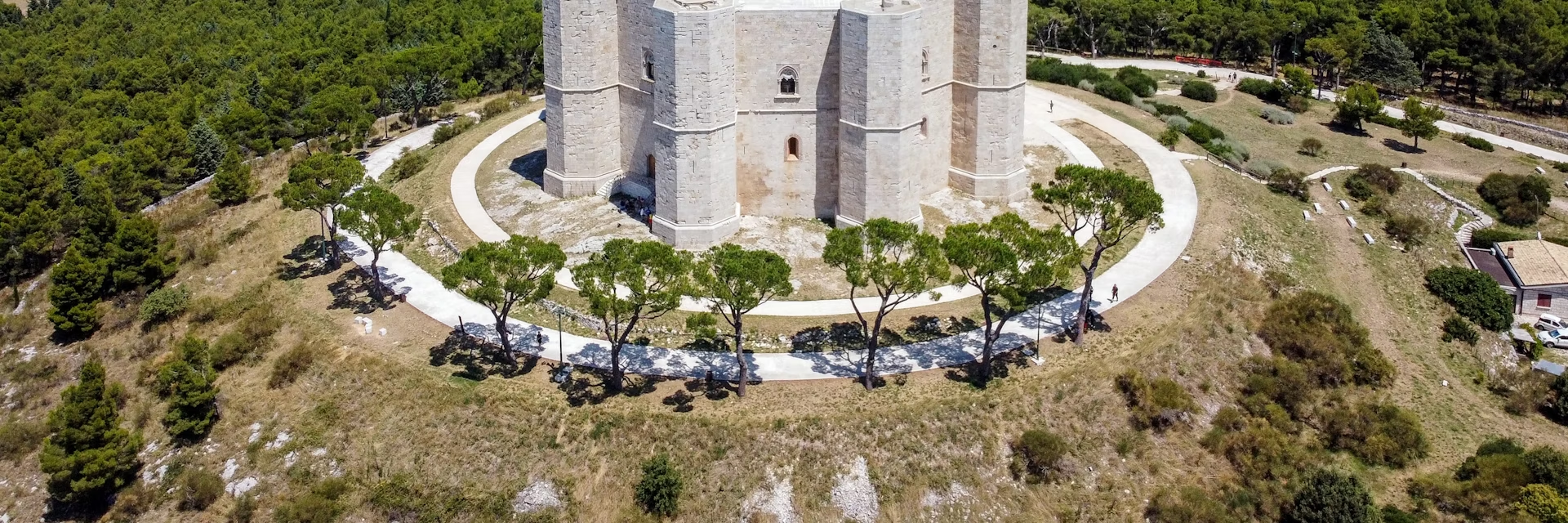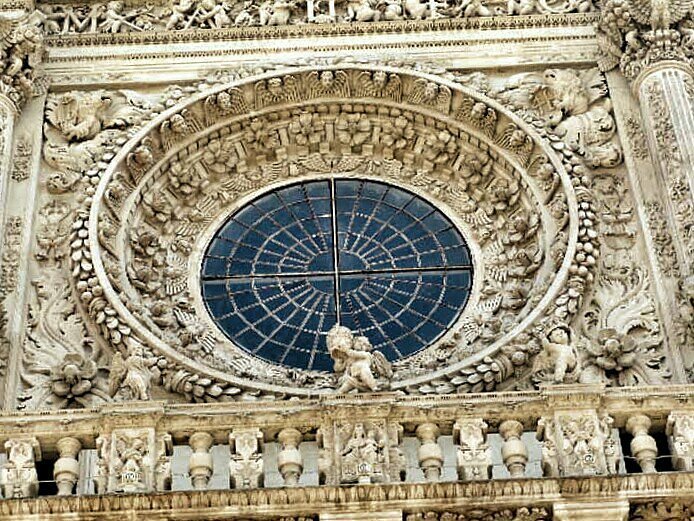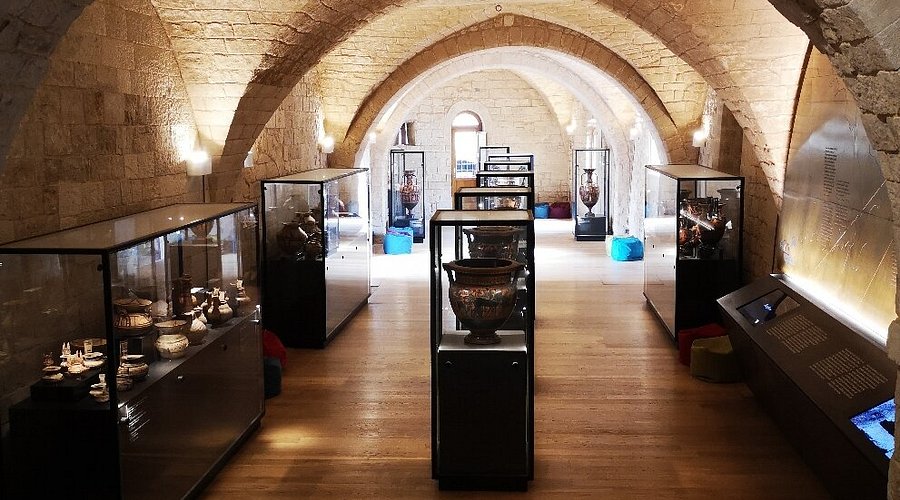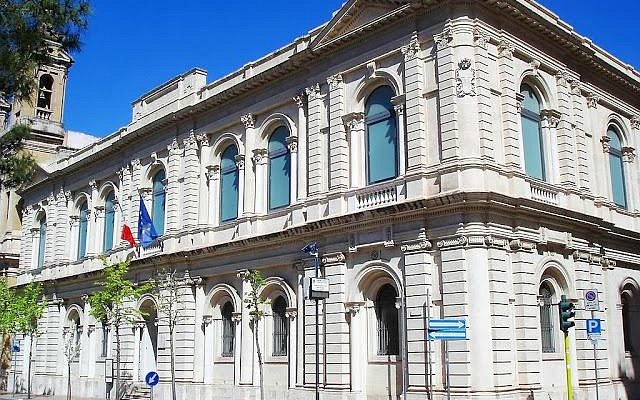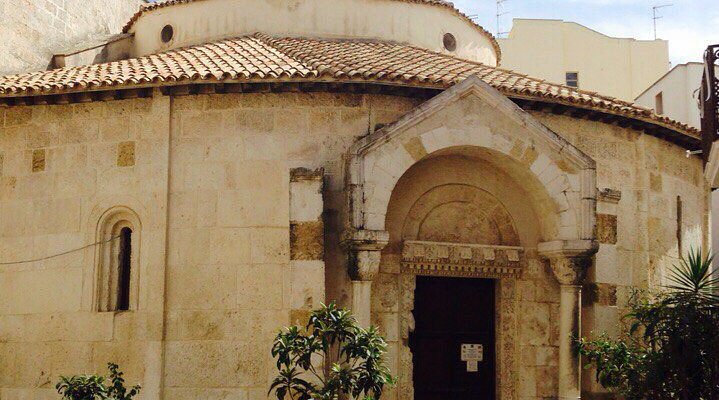Tucked away on a quiet side street in Taranto’s new town, this archaeological museum ranks among Italy’s most important, focusing primarily on the ancient city of Taras (Taranto). It boasts the world’s largest collection of Greek terracotta figures. Also on display are exquisite 1st-century BC glassware, classic black-and-red Attic vases, and dazzling gold and jewelry from Magna Graecia, including a remarkable 4th-century BC bronze and terracotta crown.

